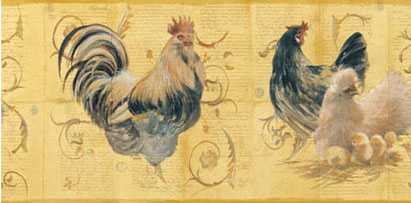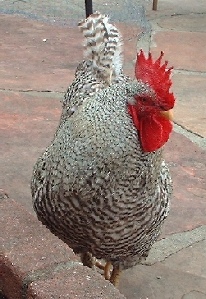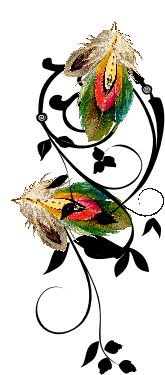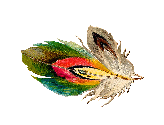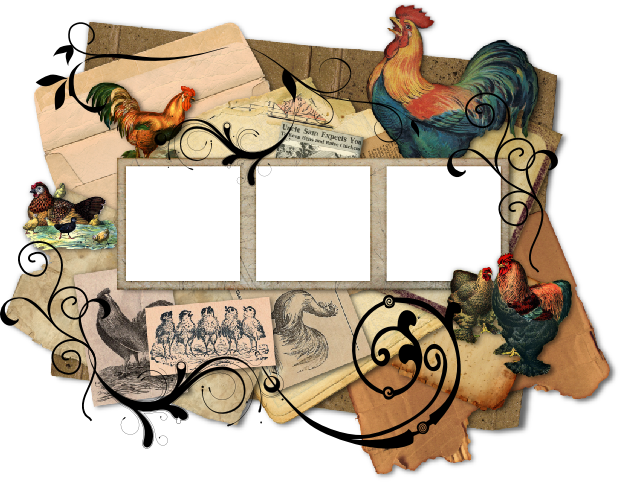
A chicken is a chicken, right? Well…yes and no. There are a dizzying number of breeds with a vast array of every characteristic you can think of – sweet, aggressive, super friendly, fun, flighty, independent, and the ones who love to be cuddled. To confuse you even more, there are many color variations as well–penciled, laced, splash, buff…it goes on and on.
A terrific resource to begin to look at pictures and short descriptions of chicken breeds is feathersite.com:
URL: http://www.feathersite.com/Poultry/BRKPoultryPage.html#Chickens
Usually when describing a chicken, the size comes first–bantam, standard, giant–then the color type–penciled, buff, etc.–then finally the breed–Cochin, Orpington, etc. So you might say, ‘I have a bantam silver laced Wyandotte.’
All chickens are basically friendly & smart–and curious to the point of it sometimes getting them into trouble. You won't be able to complete any project in the yard without the chickens coming over to supervise and 'help', Heaven help you! Below is just a sampling–a very generalized, quick overview–of various breeds.
MEAT BIRDS: Meat bird breeds such as Cornish Crosses are docile and are basically meant to be butchered out at around 8 weeks of age and be dinner. Cornish Cross are the typical packaged chicken you see at the supermarket. They are a hybrid of Cornish and white Plymouth Rock breeds. To raise Cornish Cross birds to adulthood can result in cruel, cripplingly fatal leg failures as the birds' body gets far too heavy for it's legs to support it.
Cornish Game chickens, while still a meat breed, are small, heavily muscled and compact–but can live a normal life span in a backyard flock.
GAME BIRDS: Red jungle fowl-
BANTAMS: Some standard breeds have a ‘Bantam’ version, some don’t. As a rule bantams (the small chickens) are known to be wicked clever, fast, sometimes prone to run wild and/or roost in trees, 'lay away' (hide nests), entertaining and uppity. Banties are a lot of fun and will quickly become some of your favorite birds, as well as being excellent mamas. Banty roos are fearless, heroic and protective, and often join in the egg laying cackling of the hens at a fevered, hysterical pitch that is truly hilarious. Most Silkies in the United States are bantams, and Silkies are almost pathological about going broody and raising chicks. Bantam Cochins are too, but aren’t quite as fanatical about it as Silkies can be.
What Kinds Of Chickens Are There?
Breed Characteristics
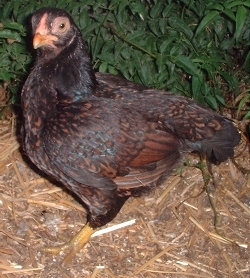
Jack’s Henhouse

Jack’s Henhouse

Jack’s Henhouse
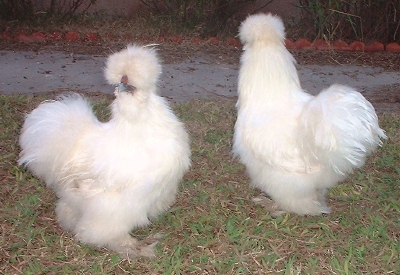
Jack’s Henhouse
STANDARDS: Your basic chicken. In standard size birds there are breeds such as
White Leghorns, Kraienkoppe and Rhode Island Reds, which tend to be not too personable
and can be skittish, but are great egg producers. This group includes Production
Breeds such as Sex Links–the kinds kept in cages as battery hens at egg farms. This
is the result of humans breeding for egg laying genes over everything else–most Leghorns
have even lost the instinct to go broody and hatch chicks. Rhode Island Reds have
a reputation for being mean in groups-
Most chickens are basically standard birds. Americaunas (known for the beautiful
pastel green/blue eggs they lay) fall somewhere in the middle, behavior-
The remaining larger, standard size birds can be divided into two groups, the 'lighter',
ornamental breeds such as Polish and Sultans and the 'heavy' breeds known as dual-
Lighter Breeds: are basically slender ornamental fowl, lay a respectable amount
but rarely set on a clutch of eggs–they have been bred as yard candy for the enthusiast
and as show birds. Polish have a reputation for skittishness which I believe is due
in large part to their large crests and an inability to SEE anything until it's right
up ON them-
Heavy breeds: are large, fluffy and LOVE to go broody and set on a clutch of eggs. They are the stereotypical ‘big fat hen’ types. Cochins in particular make great moms, just like Silkies. Most heavy breeds are docile, sweet and calm and will allow you to pick them up. Some LOVE to be cuddled and will jump into your lap.
Heritage Breeds: These are the older breeds that many of today’s hybrids hail from, and many heritage breeds, surprisingly, are endangered. Many heritage breeds in the United States are also called ‘dual purpose’–that is, they are used both for eggs and meat. This includes American breeds such as Plymouth Rocks, Wyandottes, New Hampshires and Buckeyes. It also includes other breeds from various parts of the world, including Orpingtons and bantams such as Old English Game.
I would strongly encourage anyone thinking of raising chickens to always keep some
heritage breeds in your flock. They are hardy, sturdy birds that are beautiful as
well and proven breeds. A good place to see what heritage breeds are in the United
States is The Livestock Conservancy (formerly The American Livestock Breeds Conservancy):
URL: http://www.livestockconservancy.org/index.php/heritage/internal/heritage-
The Livestock Conservancy promotes the breeding and support of all kinds of endangered
livestock breeds worldwide including poultry of all kinds, cattle, horses, etc. I
highly recommend that you visit their website, it’s an eye-
There are, of course, exceptions to EVERY rule-
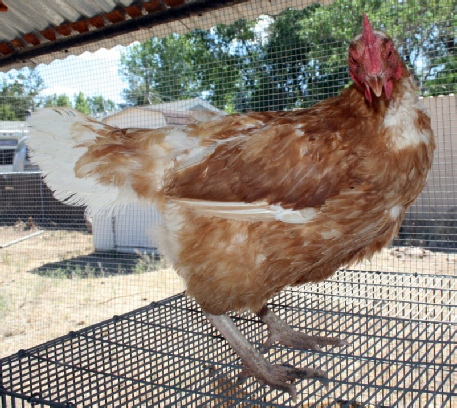
Jack’s Henhouse
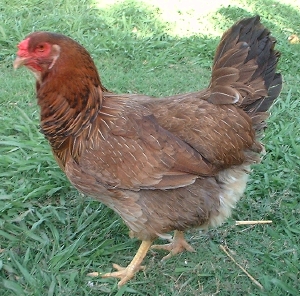
Jack’s Henhouse

Jack’s Henhouse
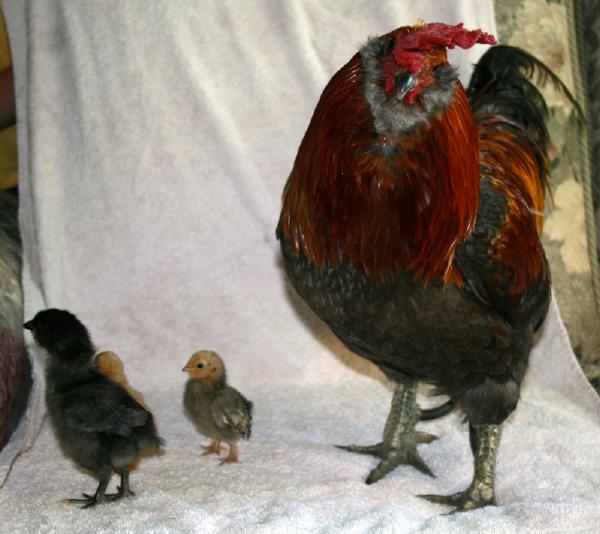
Jack’s Henhouse
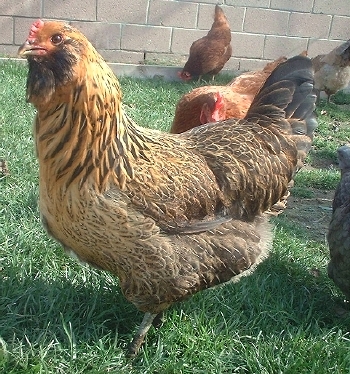
Jack’s Henhouse
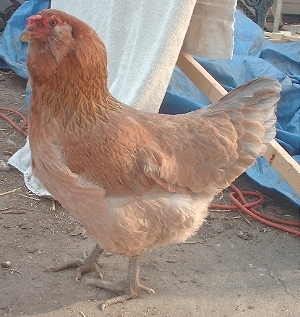
Jack’s Henhouse
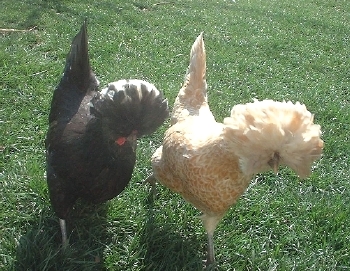
Jack’s Henhouse
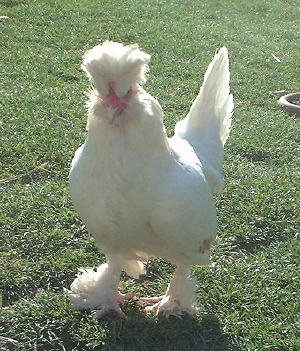
Jack’s Henhouse
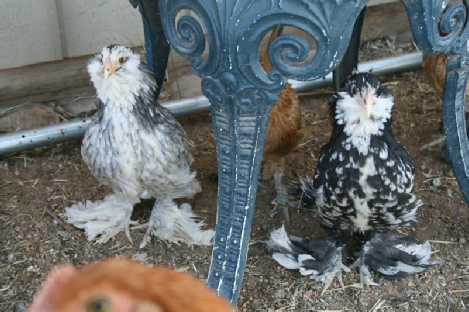
Jack’s Henhouse
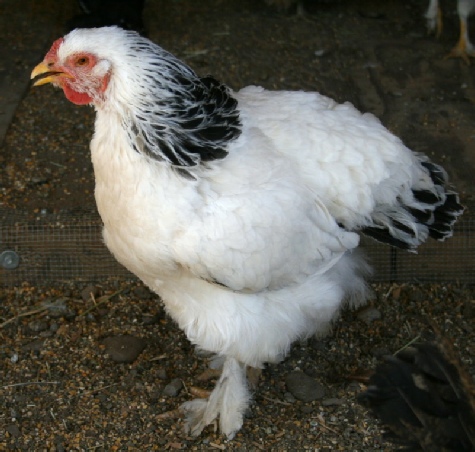
Jack’s Henhouse
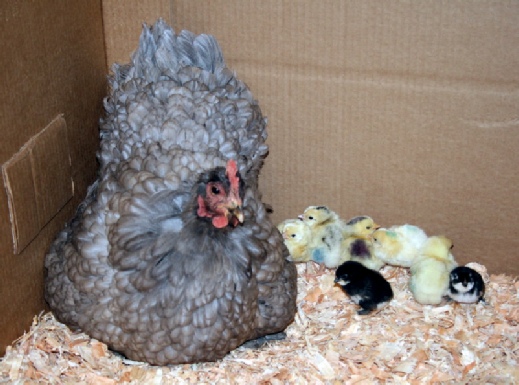
Jack’s Henhouse
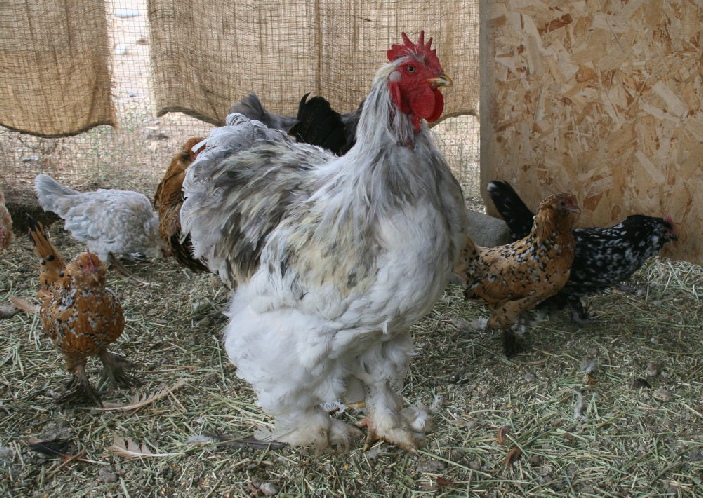
Jack’s Henhouse
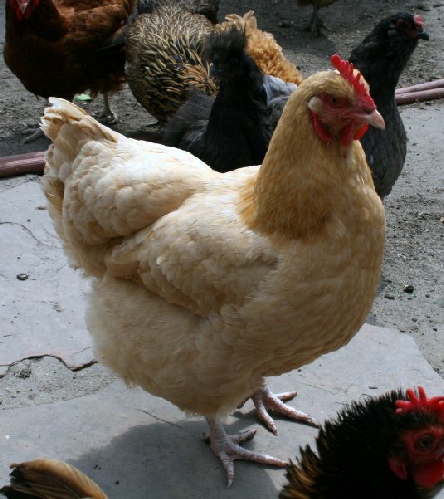
Jack’s Henhouse
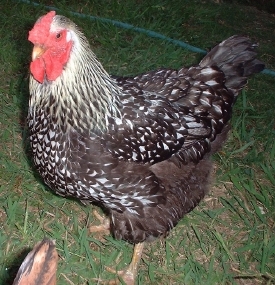
Jack’s Henhouse
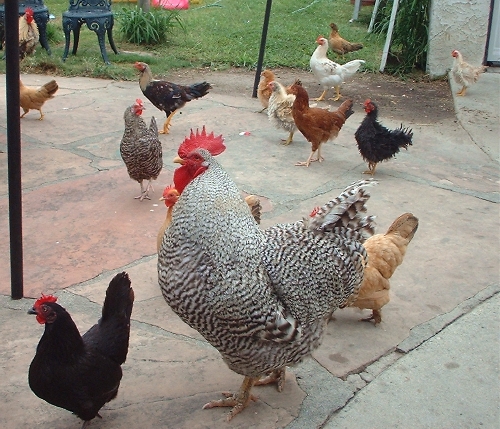
Jack’s Henhouse
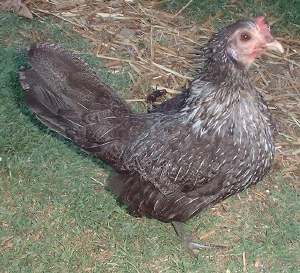
Jack’s Henhouse

Velvet Sparrow

Enjoying the chickens? Has my site helped you?
Want to buy the chickens some goodies?
Click the button!


